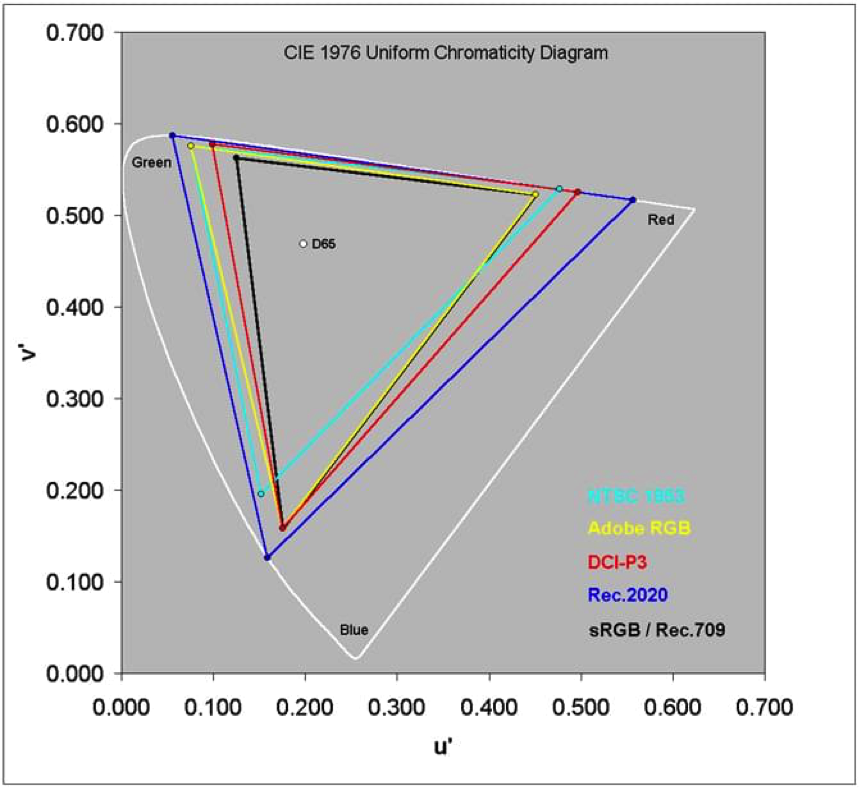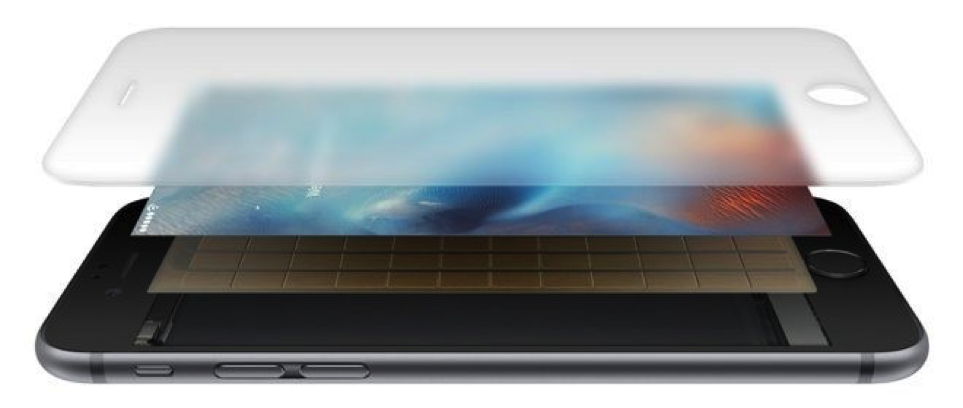|
Most 2017 Flagship Smartphones To Use Samsung’s OLED Panels
February 13, 2017 Virtually all flagship smartphones released in 2017 will use (OLED) panels manufactured by Samsung Display, according to Dr. Raymond Soneira, our old friend and the President of DisplayMate Technologies, a display calibration and consulting firm. Phone makers will also have a lot of other options to innovate and separate their products from those of their rivals. Proprietary launchers like OxygenOS and TouchWiz are the most commonly utilized method for differentiating smartphones with software, and that trend will likely continue in 2017, especially in the premium segment of the smartphone market. However, OEMs might also opt to include more calibration settings, display modes, and unique display features to create devices that are distinguishable from the competition despite featuring similar hardware. Seeing how all flagship phones this year will likely sport similar OLED panels, smartphone manufacturers will not only have to work harder than ever to introduce innovative software features but also efficiently combine them into a satisfying user experience to attract consumers, Soneira says. Soneira stated that the upcoming Samsung Galaxy S8 will ship in two variants, but both are rumored to feature flexible OLED curved screens, signaling that this display type will become the new standard for what’s considered to be a flagship display panel. The panel of the discontinued Galaxy Note 7 covered the DCI-P3 color gamut instead of the Adobe RGB gamut supported by the Galaxy S7 and the Galaxy S7 Edge. Due to that fact, Soneira is certain that the Galaxy S8 will also support the DCI-P3 color gamut which not only provides an upgrade over the Galaxy S7 and the Galaxy S7 Edge but also puts additional pressure on other OEMs to ship devices with comparable panels; panels that Samsung Display happens to be manufacturing. However, the Galaxy S8 will also likely support various standard color gamuts just like its predecessors, meaning users will have to make sure to switch to a screen mode that corresponds to the color gamut of the content they’re watching for an optimal experience. If rumors of an almost bezel-less design are accurate, Samsung will have to change the shape and resolution of the Galaxy S8 screen to ship a device that isn’t significantly larger than its predecessors. With that in mind, Soneira is guessing that the display of the Galaxy S8 will feature an 18:9 aspect ratio, while its resolution be 4K or 4320 x 2160. Finally, the display panel of Samsung’s upcoming flagship will presumably have a peak brightness of over 1,000 nits, just like the one featured in the Galaxy Note 7 did. Figure 1 CIE Uniform Chromaticity Diagram w/Standard Color Gamuts Source: DisplayMate
Unlike the iPhone 8 and the Galaxy S8, Google Pixel 2 will likely be equipped with a flat OLED display, as Soneira doesn’t believe that Google and its partners has enough time to develop all of the custom software needed to calibrate and optimize a curved panel. However, the display of the Pixel successor will be similar to that featured in the Galaxy S8. There's been a lot of speculation about the iPhone 8 with specifications and design changes being at the forefront. However, a fresh report sheds some light on the iPhone 8’s price bracket. Reportedly, the premium device marking Apple's 10-year anniversary could well be priced north of $1,000 due to the use of OLED displays. Furthermore, the report also says that Apple could call it the iPhone X instead of the largely speculated iPhone 8. Fast Company claims that there will be three variants that will launch in this fall. The first two variants will be - a 4.7-inch iPhone 7s and a 5.5-inch iPhone 7s Plus - sporting LCD displays. The iPhone 8 or X will be sport a 5.8-inch OLED display that stretches till the edges. The Home Button will be integrated within the display, and the battery will be much larger than its other counterparts. The device will sport a dual camera setup just like the iPhone 7 Plus. Fast Company believes OLED displays are twice as expensive as LCD displays, so Apple's celebratory iPhone 8 smartphone will be priced above $1,000. The report is out of line with cost data from IHS and others, which has flexible OLED panels at a 1.4X premium vs. rigid LCDs and rigid OLEDs at parity with LCDs. The high price doesn't come as a surprise as Apple is known for this kind of pricing, and its most premium variant of the iPhone 7 Plus costs $969. The report further adds that Apple has been working with Lumentum to bring a unique 3D-sensing technology. This technology will bring some sort of facial recognition, better image resolution for the camera app, or some form of augmented reality application. However, the actual advantage of this technology is not known yet. Lastly, the report adds that the edges of the iPhone 8 will be made of the less expensive stainless steel, and the back will be all-glass. The side buttons may also go away, replaced by touch-sensitive inlays in the metal. Previously, the iPhone 8 has been rumored to feature improved 3D Touch, and advanced wireless charging technology as well. Figure 2 3D-Sensing Technology Source: Lumentum
Rather than adopting a flexible printed circuit board sensor, Apple is expected to use a thin film sensor, a component package performing with better sensitivity than that of existing implementations, and to locate it beneath the OLED panel. Compared with current 3D Touch design, this new film sensor could possibly provide better overall user experience, and even foster the development of gestures more diverse and complex than peek, pop, and Quick Actions. However, Apple will face a challenge when trying to fit a film sensor under an OLED panel. Current 3D Touch sensors include a rigid metal conductive plate, while film sensor packs merely consist of flexible materials. This essential structural difference makes film sensor stacks more vulnerable to deformation. A passive metal component will be put under the film sensor as a support to prevent potential damage from regular use. Manufacturing new film sensor stacks will also increase per module cost, as it requires a more complicated lamination process. The estimated manufacturing cost could rise by 10 to 20 percent in comparison to that for producing current 3D Touch sensors. Module providers GIS and TPK are likely to share orders and the supply will begin near the end of 1Q17. |
Vertical Divider
|
|
Contact Us
|
Barry Young
|


